
hotline:
17715390137
Tel/Wechat:
18101240246 (Technology)
0512-68565571
Email:mxenes@163.com (Sales Engineer)bkxc.bonnie@gmail.com
Scan the code to follow or search the official account on WeChat:
2D Materials Fronrier After paying attention,
click on the lower right corner to contact us,
Enter enterprise WeChat.
Professional Services Online

已传文件:photo/1631586161.png
BeiKonami can provide "seed-like" MXene-based composites (customizable)

Theoretically, a microwave absorbing material with excellent performance must first meet the appropriate impedance matching conditions (Z value) and good attenuation coefficient (α value), which are jointly determined by its microscopic conductivity loss, polarization loss and magnetic loss. of. A suitable Z value means that more incident electromagnetic waves can enter the material system, thereby suppressing the reflection behavior of incident electromagnetic waves on the material surface, which is also a prerequisite for further attenuation and dissipation of electromagnetic waves. Excessive conductance loss will directly result in mismatched Z values, resulting in materials exhibiting poor absorbing properties. The good conductivity loss, polarization loss and magnetic loss ability make the material have high α value, showing excellent electromagnetic wave loss ability. From this point of view, there is a certain contradiction between improving the Z value and increasing the α value at the same time. Therefore, the principle of designing the absorbing system should take into account the Z value and the α value at the same time, and the polarization loss and magnetic loss ability of the material should be improved as much as possible in the microscopic mechanism, and the electrical conductivity should be maintained at an appropriate level.
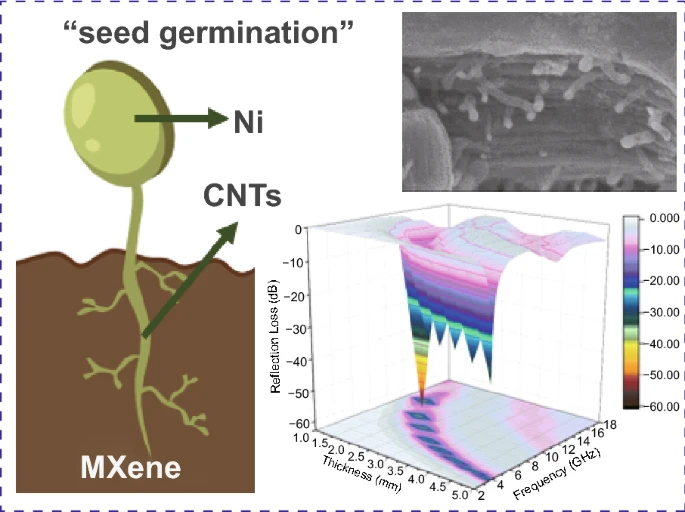
3D Seed-Germination-Like MXene with In Situ Growing CNTs/Ni Heterojunction for Enhanced Microwave Absorption via Polarization and Magnetization
Xiao Li, Wenbin You, Chunyang Xu, Lei Wang, Liting Yang, Yuesheng Li, Renchao Che*
Nano-Micro Letters (2021) 13: 157
https://doi.org/10.1007/s40820-021-00680-w
Highlights of this article
1. The composite has a typical "seed germination"-like morphology structure: multilayer MXene acts as "soil", and Ni ions embedded in it play the role of "seeds" that break out of the ground, and then catalyze the growth to grow on "branchs". The "buds" (Ni particles) at the top of the stem" (CNTs).
2. Compared with the easy agglomeration phenomenon of conventional magnetic particles, the MXene-CNTs/Ni composites exhibit a highly dispersed spatial magnetic structure.
3. The MXene-CNTs/Ni composite exhibits excellent microwave absorption performance (-56.4 dB with a coating thickness of 2.4 mm).
brief introduction
Mxene material, as a "new star" in the field of 2D materials, its unique accordion-like multilayer structure provides a natural structural advantage for extending the dissipation path of incident electromagnetic waves. However, the low dielectric loss capability and the lack of magnetic loss capability severely limit the further improvement of its performance. Inspired by the magnetoelectric synergy, the research group of Che Renchao of Fudan University solved this problem by preparing a magnetic CNTs/Ni heterostructure-modified MXene material by a simple in-situ induction method. At the same time, using in situ electron microscopy and electron holography techniques, the microscopic polarization and magnetization behavior of the material were elucidated in depth.
Graphical guide
I Design of "seed-sprouted" MXene-CNTs/Ni composites based on the principle of magnetoelectric synergy
First, the parent material MAX was etched in HF acid to obtain an accordion-shaped multilayer MXene, and then immersed in LiOH solution for alkalization treatment to further expand the interlayer spacing. Secondly, nickel chloride hexahydrate and melamine (mass ratio 1:6) were added into it and mixed well, due to ion exchange and electrostatic interaction, Ni ions could be attached to the surface and layer of each independently existing multilayer accordion-shaped MXene unit between. During calcination under nitrogen atmosphere, Ni ions were reduced to magnetic Ni nanoparticles and acted as catalysts to catalyze the in situ growth of CNTs (Figure 1). According to the calculation of XRD images, the interlayer spacing of the MXene-alk sample after alkali treatment increased from 0.953 nm to 1.413 nm, indicating that the alkalization treatment effectively increased the interlayer spacing of MXene and provided sufficient space for interlayer filling. space. The average interlayer spacing of MXene-CNTs/Ni was slightly reduced to 1.243 nm because part of the CNTs/Ni was grown in the interlayer of the multilayer MXene.

Figure 1. Schematic diagram of the synthesis process of MXene-CNTs/Ni composites.
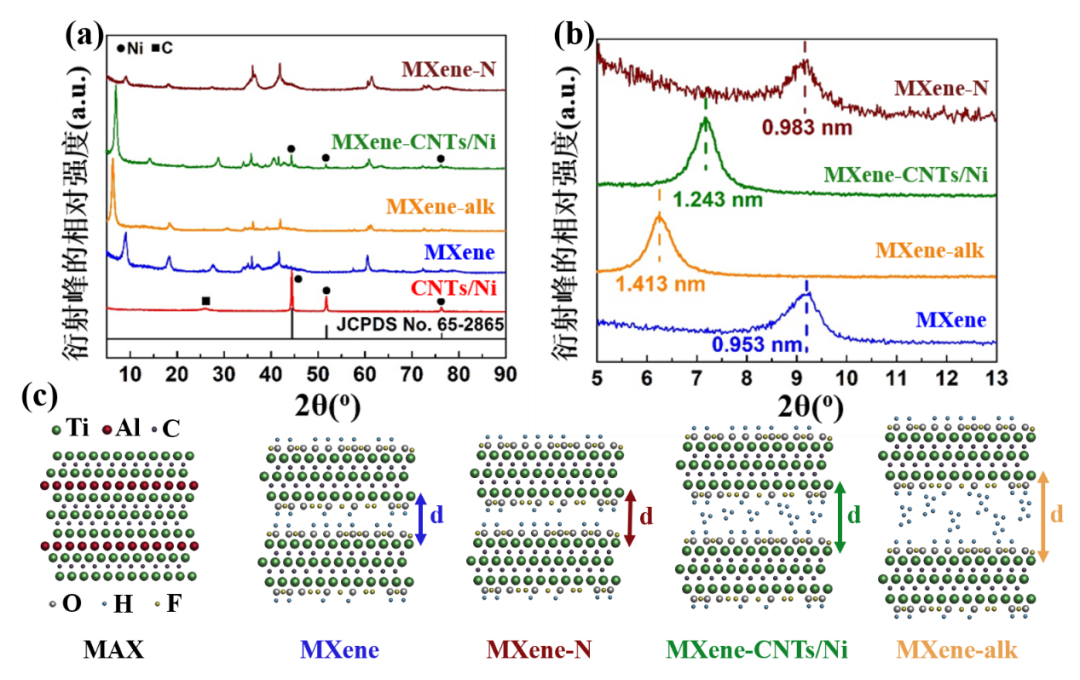
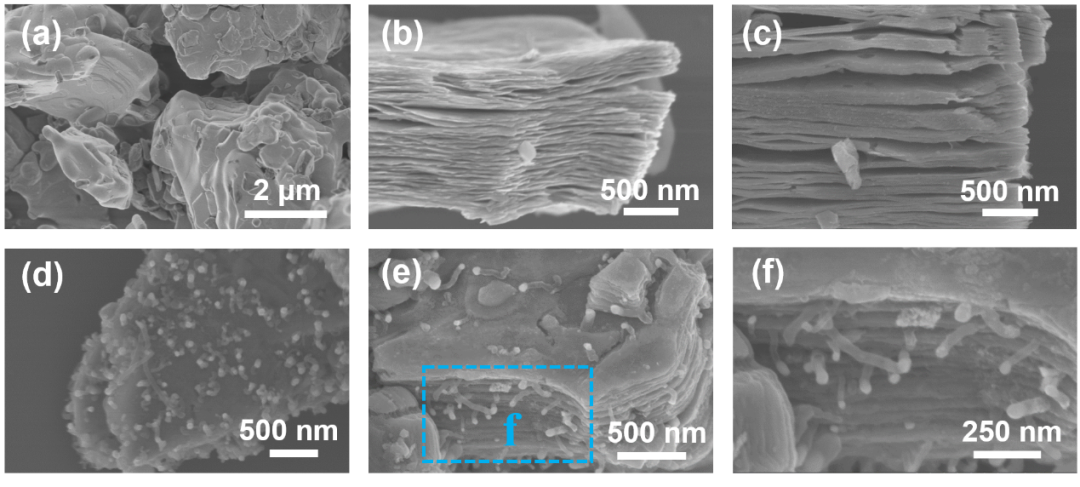
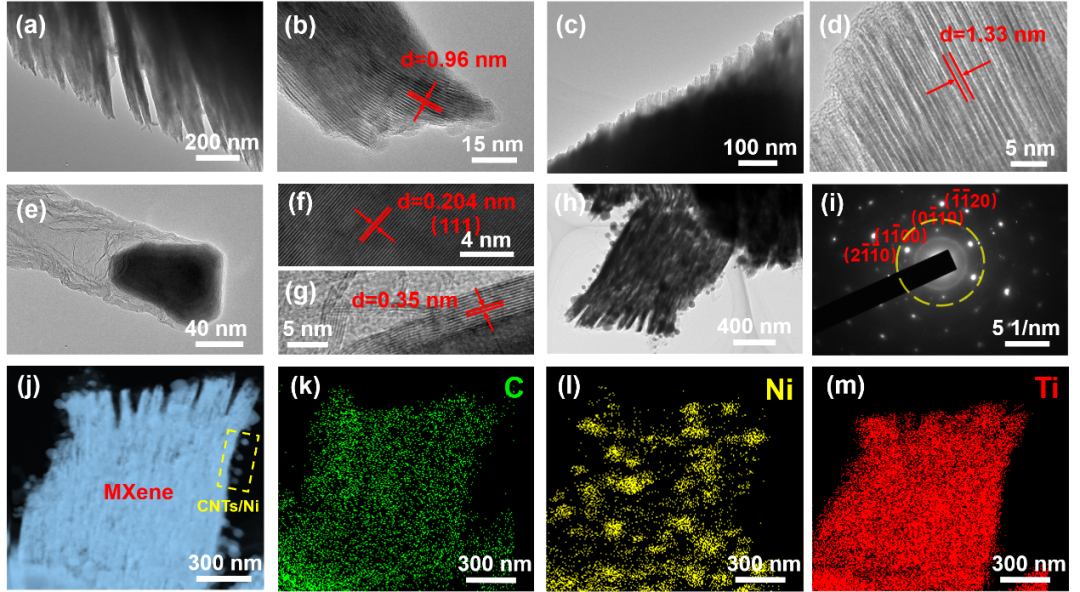
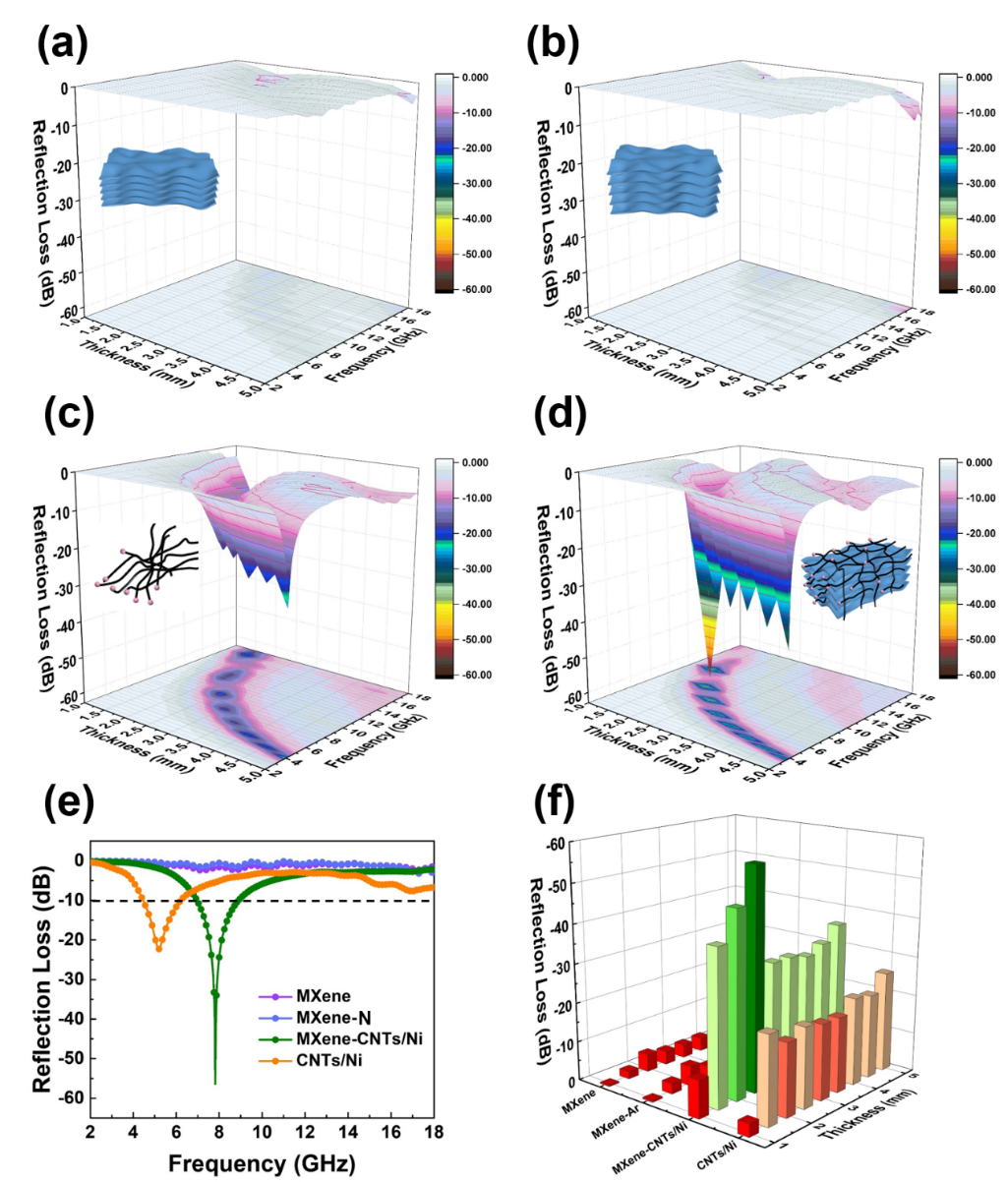
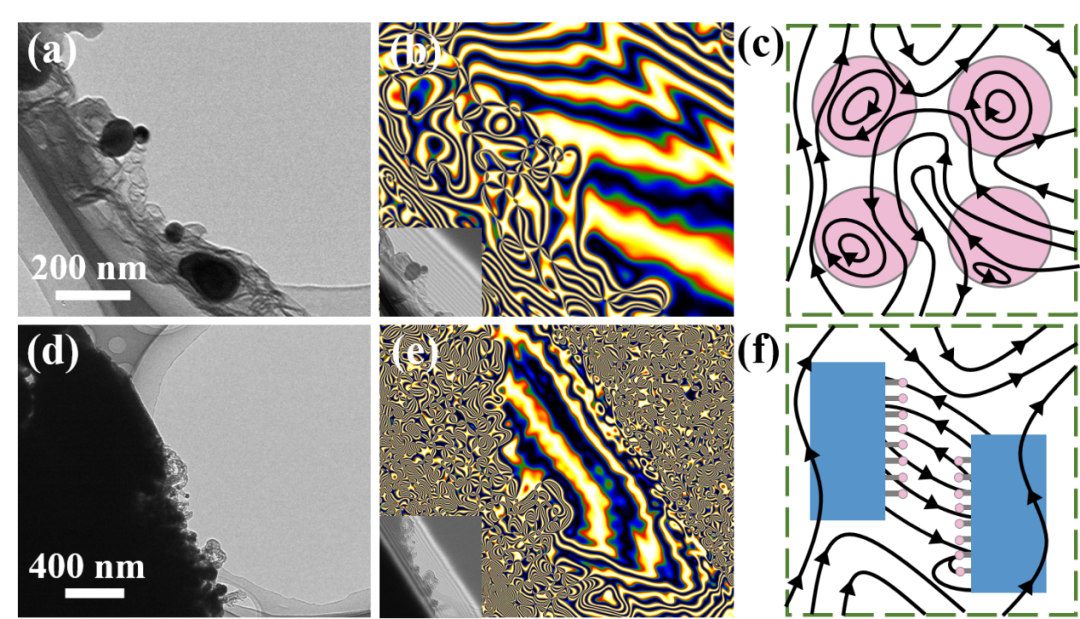
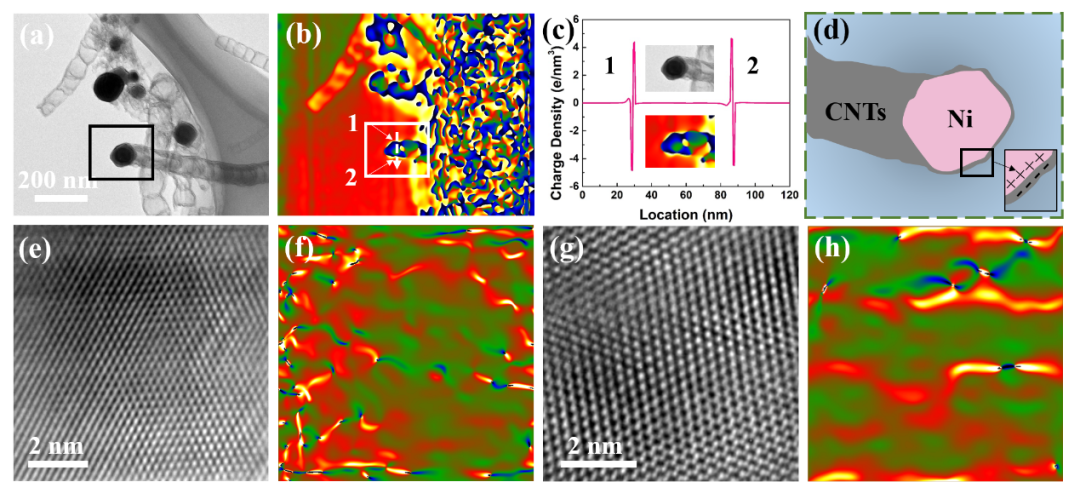

| Reminder: Beijing Beike New Material Technology Co., Ltd. supplies products only for scientific research, not for humans |
| All rights reserved © 2019 beijing beike new material Technology Co., Ltd 京ICP备16054715-2号 |